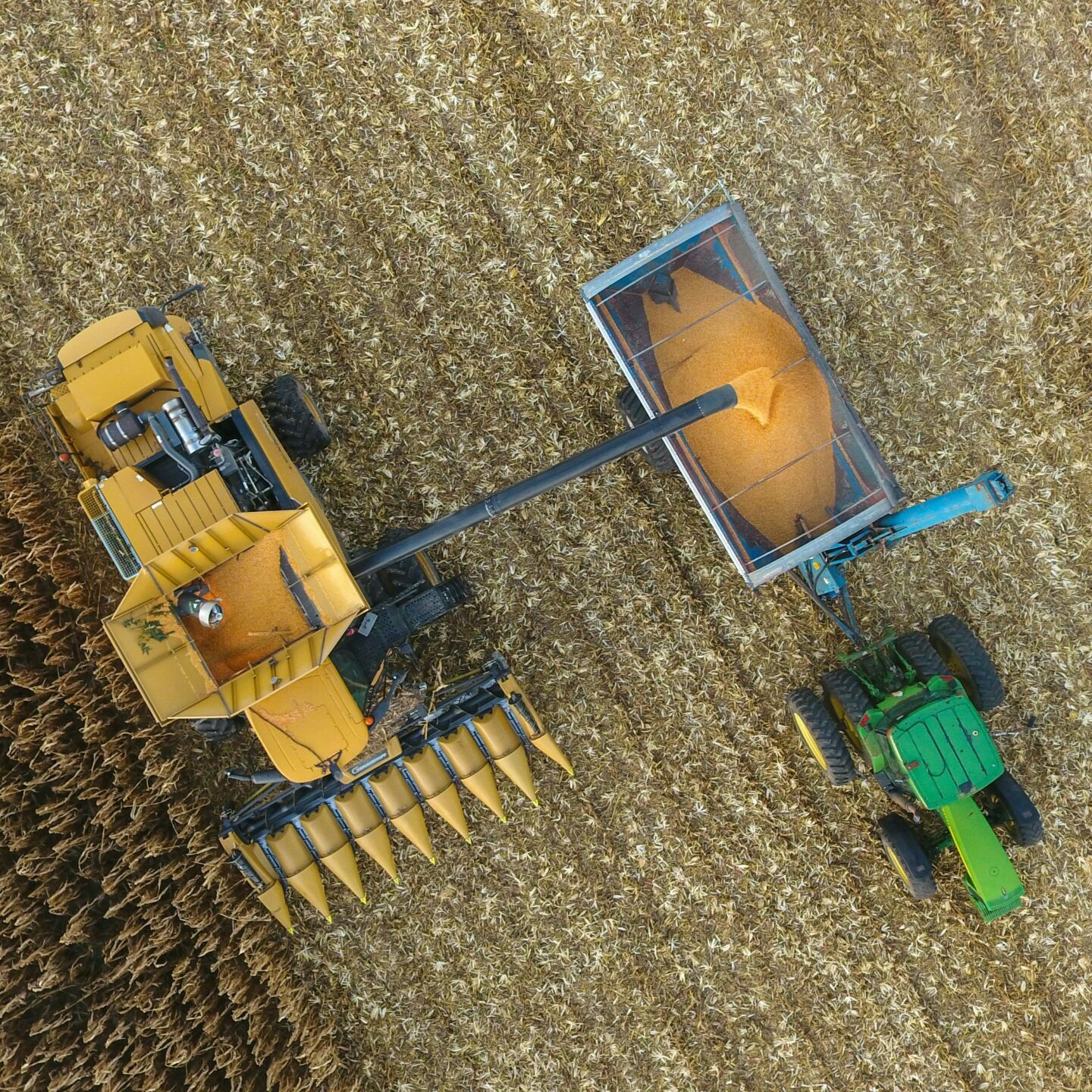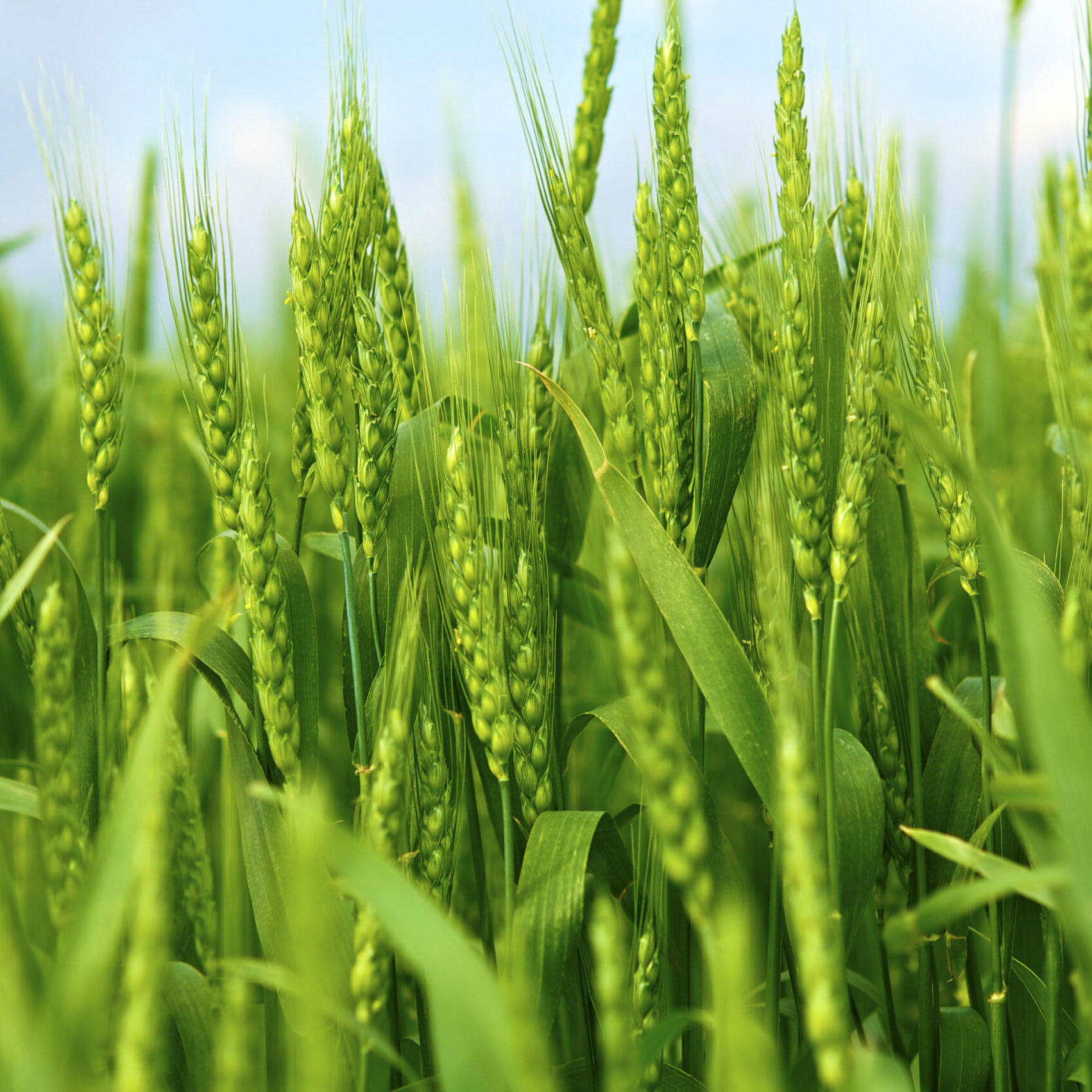
Unveiling the Secrets of your Crops:
The Power of Crop Modelling
farming.software’s crop modelling module uses mechanistic models to simulate how crops grow based on factors like weather, soil, and management practices. This simulation helps predict potential crop yields, allowing farmers to make informed decisions for a more profitable and sustainable harvest.
Imagine peering into the future of your fields. What if you could predict how your crops will respond to different weather patterns, fertilizer applications, or planting densities? This power lies within the realm of crop modelling, a revolutionary tool transforming modern agriculture.
Our crop models are sophisticated computer programs that simulate the growth and development of your crops. They consider a multitude of factors: Our crop models factor in historical weather data and weather forecasts to predict how your crops will respond to changing conditions. We consider soil conditions and crop genetics, to address unique characteristics of different crop varieties. Our crop models account for these variations to provide a more accurate picture of growth potential. Finally, we consider management practices, such as irrigation schedules and fertilizer application.
Accordingly, our crop models allow you to experiment with different management strategies virtually before implementing them in the field. By harnessing the power of our crop modelling software, you can:
- Boost your yields by identifying optimal planting dates, irrigation schedules, and fertilizer applications to maximize your harvest.
- Reduce Risk & Uncertainty by simulating how your crops might react to potential weather events or pest outbreaks, allowing you to take proactive measures.
- Optimize resource use by precisely targeting your inputs like water and fertilizer, minimizing waste and maximizing efficiency.
- Test “What-If” scenarios by exploring different management strategies virtually. Explore which ones hold the most promise before putting them into practice in your fields.
- Promote sustainability by simulating the impact of different practices on soil health and water use, allowing you to make data-driven decisions for a more sustainable future.
Crop modelling is not just for tech experts. With user-friendly interfaces and readily available software, this powerful tool is within a mouse click for farmers of all backgrounds. It’s about leveraging science and technology to gain a deeper understanding of your crops and unlock their full potential.
Our crop growth models use and simulate the following plant, weather and soil parameters:
Air-Dry Soil Water Content
Amount Of Coarse Material In The Soil
Base Temperature For Development
Base Temperature For Dry Matter Production
Biological Days From Anthesis To Physiological Maturity
Biological Days From Booting To Ear Emergence
Biological Days From Ear Emergence To Anthesis
Biological Days From Emergence To First-Tiller
Biological Days From First-Node To Booting (Ligule Of Flag Leaf Visible)
Biological Days From First-Tiller To First-Node (Stem-Elongation)
Biological Days From Physiological Manturity To Harvest Maturity
Biological Days From Sowing To Emergence
Biological Days To Beginning Of Leaves Scenescence
Biological Days To Beginning Of Response To Photoperiod
Biological Days To Beginning Of Seed Growth
Biological Days To Start Biological Nitrogen Fixation
Biological Days To Termination Of Leaf Growth In The Main Stem
Biological Days To Termination Of Leaf Production In The Main Stem
Biological Days To Termination Of Seed Growth
Biological Days To Terminatiopn Of Response To Photoperiod
Bulk Density
Ceiling Temperature For Development
Ceiling Temperature For Dry Matter Production
Coefficient To Adjust Rue For Higher (And Lower) Atmospheric Co2 Concentration
Critical Photoperiod
Critical Point For Seed Growth Rate
Extinction Coefficient For Photosynthetically Active Radiation (Par)
Fraction Crop Mass At Beginning Seed Growth Which Is Translocateble To Grains
Fraction Of Leaf Destruction Above The Critical By Each Degree
Fraction Of Leaf Destruction Below The Critical By Each Degree
Fraction Of Organic Nitrogen Available For Mineralization
Fraction Of Soil Water Above The Dul (Drainf) Is Allowed To Leave A Layer Each Day
Grain Conversion Coefficient
Incoming Solar Radiation
Initial Soil Mineral Nitrogen
Initial Soil Water
Killing No. Of Consecutive Flooding
Lower Optimum Temperature For Development
Lower Optimum Temperature For Dry Matter Production
Maximum Daily Air Temperature
Maximum Effective Depth Of Water Extraction From Soil By Roots
Maximum Grain Nitrogen Concentration
Maximum Rate Of Nitrogen Uptake
Minimum Daily Air Temperature
Minimum Grain Nitrogen Concentration
Number Of Leafs On Main Stem For Activating Phyl2
Organic Nitrogen
Partitioning Coefficient To Leaves During Main Phase Of Leaf Area Development At Higher Levels Of Total Crop Mass
Partitioning Coefficient To Leaves During Main Phase Of Leaf Area Development At Lower Levels Of Total Crop Mass
Partitioning Coefficient To Leaves From Termination Leaf Growth On Mainstem To Beginning Seed Growth
Photoperiod Sensitivity Coefficient
Phyllochron
Potential Rate Of Increase In Rooting Depth
Potential Slope Of Harvest Index (Dhi)
Radiation Use Efficiency Under Optimal Growth Conditions
Rainfall
Relationship Between Plant Leaf Area And Mainstem Node Number
Root Depth At Emergence
Specific Leaf Area
Specific Leaf Nitrogen In Green Leaves
Specific Leaf Nitrogen In Senesced Leaves
Stem Nitrogen Concentration In Green Stem
Stem Nitrogen Concentration In Senesced Stems (Maximum)
Stem Nitrogen Concentration In Senesced Stems (Minimum)
Temperature Which Above Leaf Destruction Is Triggered
Temperature Which Below Leaf Destruction Is Triggered
Threshold The Fraction Of Transpirable Soil Water When Crop Dry Mass Is Reduced
Threshold The Fraction Of Transpirable Soil Water When Development Is Affected
Threshold The Fraction Of Transpirable Soil Water When Leaf Area Is Reduced
Threshold The Fraction Of Transpirable Soil Water When Nitrogen Uptake Reduced
Total Crop Mass When Leaf Partitioning Coefficient Turns From Flf1a To Flf1b
Transpiration Efficiency Coefficient (350 Pa)
Transpiration Efficiency Coefficient (700 Pa)
Upper Optimum Temperature For Development
Upper Optimum Temperature For Dry Matter Production
Vernalization Sensitivity Coefficient
Volumetric Soil Water Content At Crop Lower Limit
Volumetric Soil Water Content At Drainage Upper Limit
Volumetric Soil Water Content At Saturation












